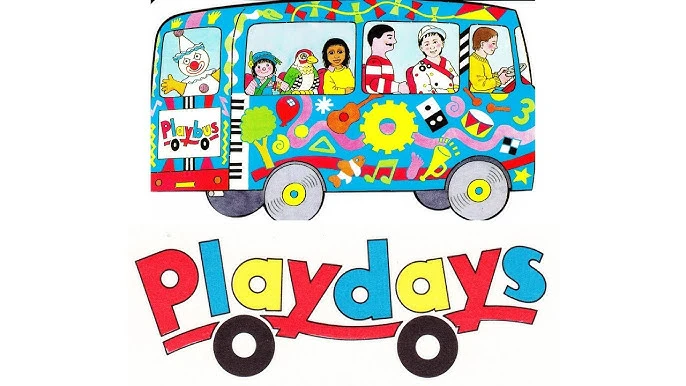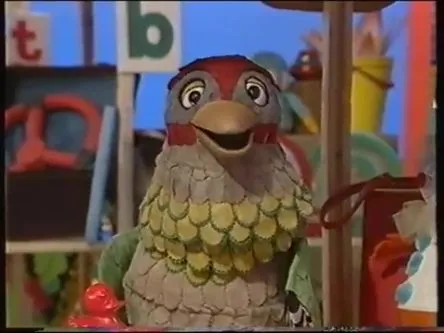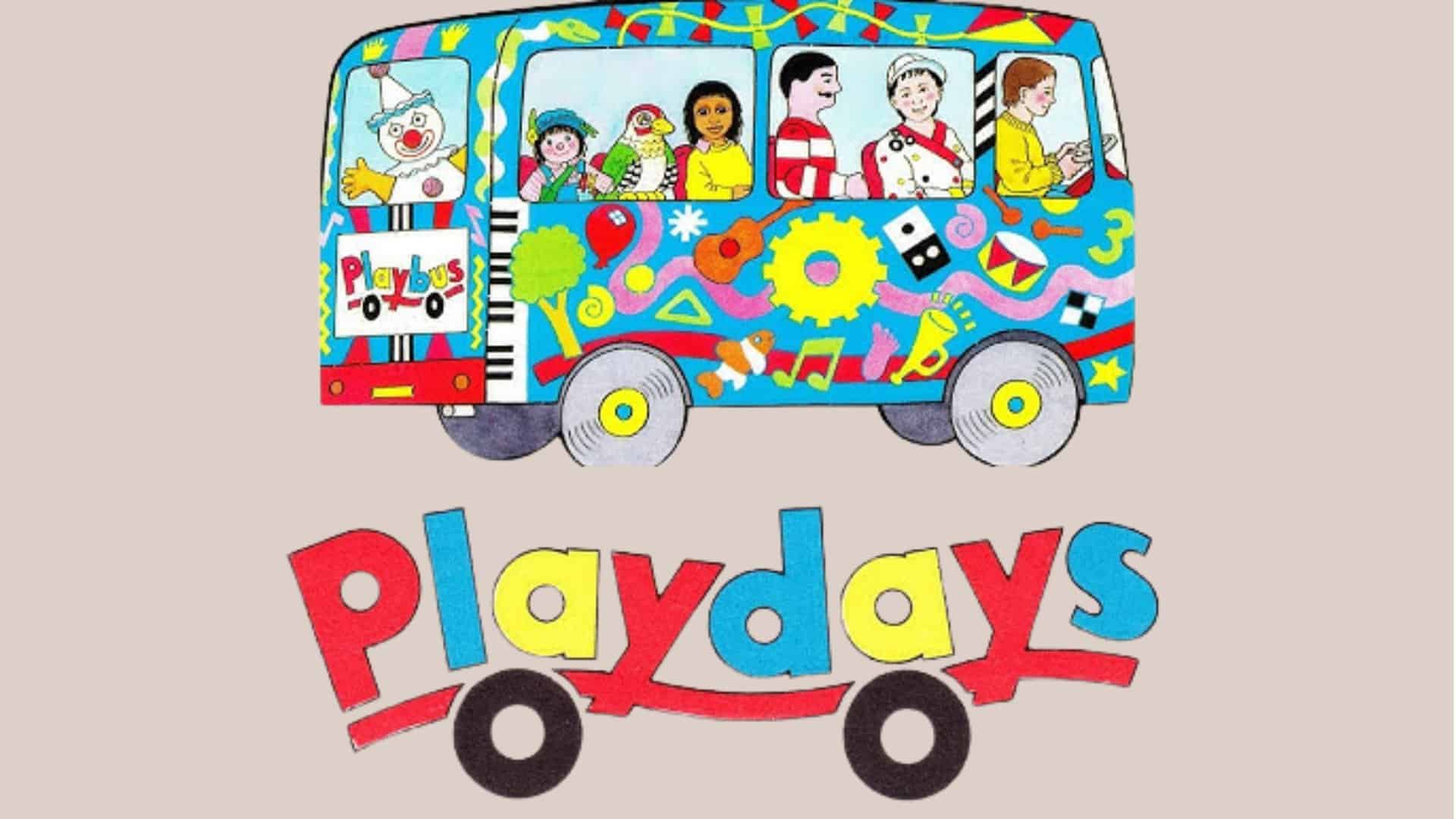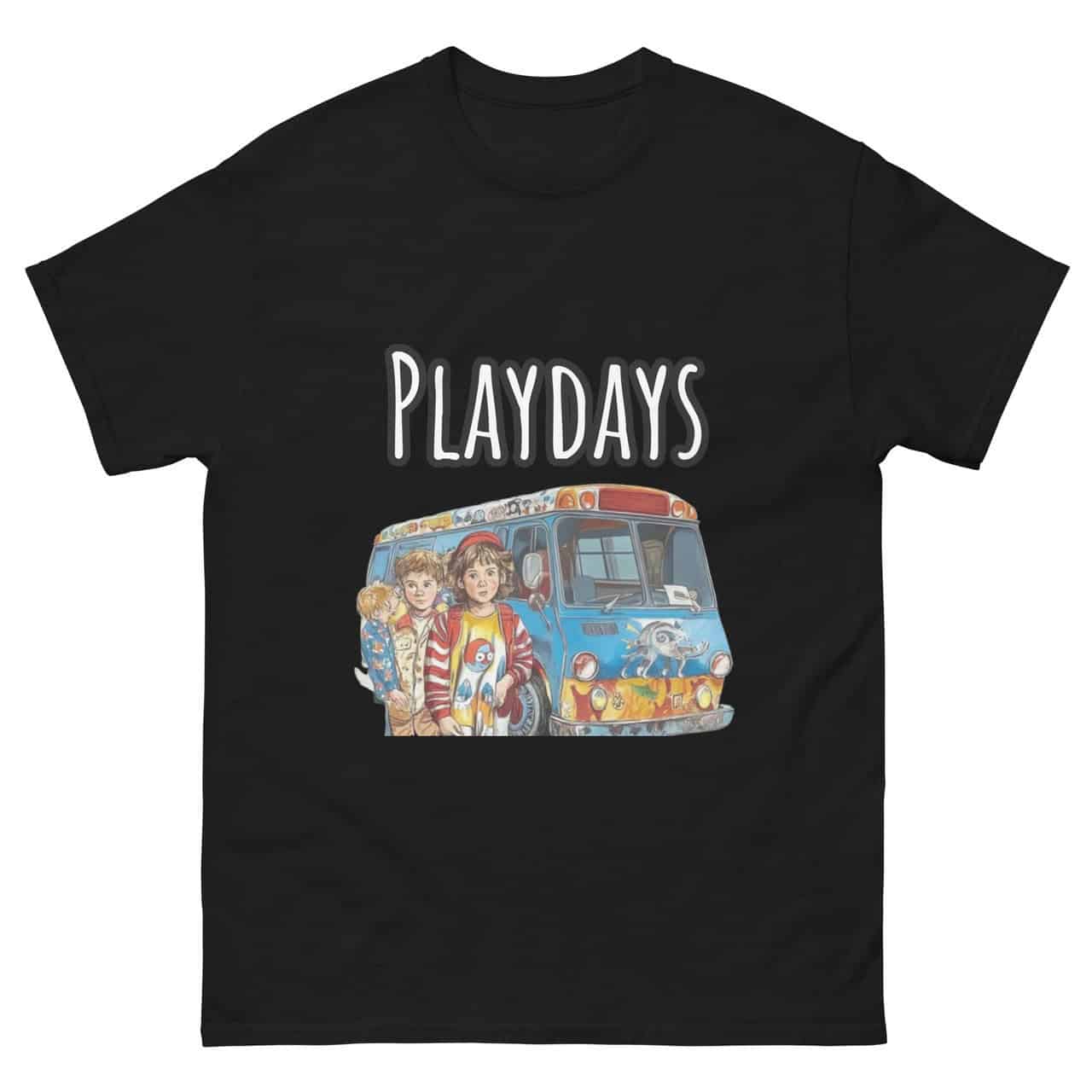Playdays was a popular children’s television programme that captured the hearts of many during the 90s. Airing on the BBC, Playdays was an educational yet entertaining journey filled with imagination, adventure, and beloved characters. Known for its interactive segments, songs, and storytelling, Playdays became a staple in British households. The show had a significant impact on a whole generation, teaching important skills while ensuring children had fun. In this blog, we’ll explore the magic of Playdays, the iconic characters that made it special, and why it remains a cherished memory for so many who grew up in the 90s.
What Was Playdays?
Playdays was a UK children’s TV programme that aired from 1988 to 1997, initially known as Playbus before changing its name to Playdays. The show was designed to be a magical bus ride, stopping at different “stops” where various activities, songs, and stories would unfold. Playdays was a show that combined fun, education, and creativity seamlessly, making it one of the most cherished children’s programmes of the 90s.
Each stop on the Playdays bus offered something unique. From the “Why Bird Stop,” where curious questions were answered, to the “Dot Stop,” which involved problem-solving activities, Playdays had a format that was engaging for young children. The various stops provided an array of educational content that covered language, numeracy, and social skills, all presented in an entertaining manner.
The Stops of Playdays
The magic of Playdays lay in its variety. Each episode featured the Playbus travelling to different stops, and each stop brought new activities, learning opportunities, and fun. Here’s a look at some of the most memorable stops of Playdays:
The Why Bird Stop
The Why Bird Stop was one of the most loved segments of Playdays. Featuring Why Bird, an inquisitive puppet, this stop was all about asking questions and learning about the world. Why Bird’s curiosity reflected that of the young viewers, and her questions often helped children learn more about everyday topics in a simple and engaging way.
The Dot Stop
The Dot Stop featured Dot, a bright and lively character who encouraged children to solve puzzles and think logically. Dot often used interactive games to involve the audience, making it an educational experience. The Dot Stop was about problem-solving, with Dot leading activities that were both fun and educational, helping children develop critical thinking skills.
The Patch Stop
The Patch Stop featured a character called Patch, who took viewers on various adventures. Patch often dressed up and went on imaginary explorations, encouraging children to use their imagination and learn through play. This stop fostered creativity and showed children that learning can be an adventure.
The Tent Stop
The Tent Stop was another exciting segment where viewers were taken inside a tent to hear fascinating stories. Storytelling played an essential role in Playdays, and The Tent Stop allowed children to explore narratives and develop a love for books and stories. The storytelling format was both captivating and comforting, making it one of the show’s standout features.

The Characters of Playdays
Playdays wouldn’t be the iconic show it was without its memorable characters. Characters like Why Bird, Dot, and Patch brought a lot of charm to the show, making it relatable and engaging for children. Why Bird’s inquisitiveness encouraged children to ask questions, while Dot’s interactive activities provided a chance for viewers to participate actively in the learning process.
Patch, with his playful and adventurous spirit, encouraged children to be imaginative. The dynamic between these characters ensured that Playdays was never boring—each character had something different to offer, creating a varied and enjoyable viewing experience.

Why Playdays Was So Special
The primary reason Playdays was so special was its ability to combine education with entertainment in a way that was seamless. The show provided educational content that was woven into fun activities, interactive games, and storytelling. It didn’t feel like a typical learning experience—Playdays made education accessible and enjoyable, allowing children to absorb information naturally.
Playdays was also inclusive, often addressing topics that helped children understand emotions, friendships, and the world around them. The diverse range of stops meant that children were learning a broad spectrum of skills, from basic numeracy and literacy to problem-solving and social awareness.
Another aspect that made Playdays iconic was its interactivity. The show often encouraged viewers to participate from home, whether it was solving puzzles, singing songs, or answering questions. This kind of interaction helped to make learning active rather than passive, giving children a sense of involvement and making the content more memorable.
The Lasting Impact of Playdays
The impact of Playdays has endured long after it went off-air. For many who grew up in the 90s, Playdays holds a special place in their hearts as a formative part of their childhood. It was a show that made learning enjoyable, showed the importance of curiosity, and provided an exciting and imaginative space for children.
Playdays inspired creativity, encouraged critical thinking, and brought a sense of community to its viewers. The positive influence of the show can still be felt today, as many who watched it have fond memories of its catchy songs, fun characters, and educational value.
Frequently Asked Questions about Playdays
What was Playdays originally called?
Playdays was originally called Playbus when it first aired in 1988. The name changed to Playdays in 1989 to better reflect the show’s interactive stops.
Who were the main characters in Playdays?
The main characters included Why Bird, Dot, and Patch, each of whom had their own segments. Why Bird was known for her inquisitiveness, Dot for her problem-solving games, and Patch for his imaginative adventures.
What were the main stops in Playdays?
Some of the main stops in Playdays included The Why Bird Stop, The Dot Stop, The Patch Stop, and The Tent Stop. Each stop offered different activities that made learning fun.
When did Playdays end?
Playdays ended in 1997 after nearly a decade of educating and entertaining young viewers.
Where can I watch Playdays today?
Some episodes of Playdays are available on streaming platforms like YouTube, allowing those nostalgic for the show to revisit their favourite stops and characters.
Discover More About 90s TV Shows
If you enjoyed learning about Playdays and want to dive deeper into the nostalgia of 90s TV, check out our blog on 90s TV shows. Relive the magic of the 90s and explore more shows that defined a generation.
Get Your 90s Nostalgia Shirt Today
Celebrate your love for classic 90s TV shows like Playdays with a Playdays T-shirt. Keep the nostalgia alive and wear your favourite memories with pride!



